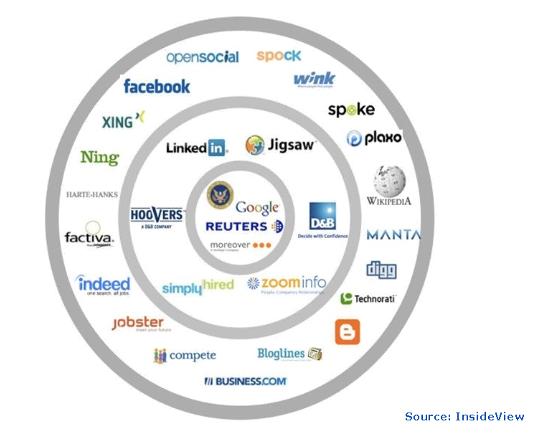Only a glimpse of TV screen led me to the heated issue of Stem Cell Research and a website named China Stem Cell News. Basically, I was sitting in a restaurant and enjoying my yummy Thai food while waiting a friend to come back, and then I caught a screen shot from the TV plasma right in front of me. Sensitive to any subtitle embed the word of “China” or “Chinese”, I managed to register this website, http://www.stemcellschina.com/, into my mind before it flicked off.
The next day, I recalled this website and was curious of its content and hit the address box of IE and punch the right button of my mouse. Bang, I was shocked as the landing page rolling itself over my screen. It’s a pure English website and I could identify the language skills being employed are fairly good. And further more, it offers 10 other language versions. Basically, the website is blog style, offering personal witness to Stem Cell treatment and in-person experience accounts. Most of the time, the story carries a success and happy ending.
While Stem Cell Research is in hot debate here in U.S., and not until recently the Obama administrate lifted the ban on Stem Cell Research which reversed Bush’s verdict, the fight over Stem Cell Research is still one of the hottest potatoes. According to Wiki-pedia, Stem Cell is believed to be capable of self-healing, and can morph into any kinds of cells that are critical to certain kind of diseases such as Parkinson. Two broad types of Stem Cell are Embryonic Stem Cell and Adult Stem Cell. Embryonic Stem Cell can be retrieved from blastocyst which is the senior stage in the development of a fertilized egg. Adult Stem Cell can be retrieved from any certain kind of adult tissue, such as umbilical cord or spine bone marrow.
The reason why Stem Cell Research could stir such a national agitation in US is because the retrieval of embryonic stem cell is the destroying of a fertilized egg, which means a patient’s cure is another life’s curse. Such treatment is the deprival of human life and the consequence is commensurate to abortion. In most states of US, Abortion is an illegal practice and forbidden by laws. Especially the Christian organizations are against abortion and therefore the active opponents of Stem Cell Research. The advocates are chanting the sanctity of God’s right. Human being should not interfere with the issue of life or death which violates God’s commandment.
However, although the Stem Cell Research was balked in the west part of mother earth, in the east part where lies an ancient country the research has achieved significant progress. From the personal blogs listed on China Stem Cell News, patients suffering from a diversified range of rare disease are flocking to China for stem cell treatment. And apparently, the results are satisfied. Although there are cases where stem cell treatment failed to serve its intention, the elongation of patient’s life is credited to stem cell injection. In China, the stem cell in use is adult stem cell which has been taken from adult tissue such as umbilical cord.
What amazed me is not only the achievement of Stem Cell Research in China, but also the China Stem Cell News website. This website does not only offer a collection of patients’ blogs, but also feature short video clips which provide vivid demonstration of the powerful and positive effect of Stem Cell treatments. I am wondering the crew behind the stage. Apparently, there are some native English speakers helping out. Also, the nurses or doctors involved are also capable of English communication which tremendously let the words spread out worldwide. That’s why I can catch a glimpse of the landing page of China Stem Cell News on a Chicago local TV news channel.
I am not a medical scientist, nor a political policy advocate, but a MBA major from a US state university. I do appreciate the people behind the website, and their continuous efforts in English content contribution greatly improved the publicity of a China brand. Considering a recently viewed episode of CNBC documentaries, one of my observations is the prominent difference between China and India which makes one a world manufacturing base and one a world R&D base. The difference is the English capability.


